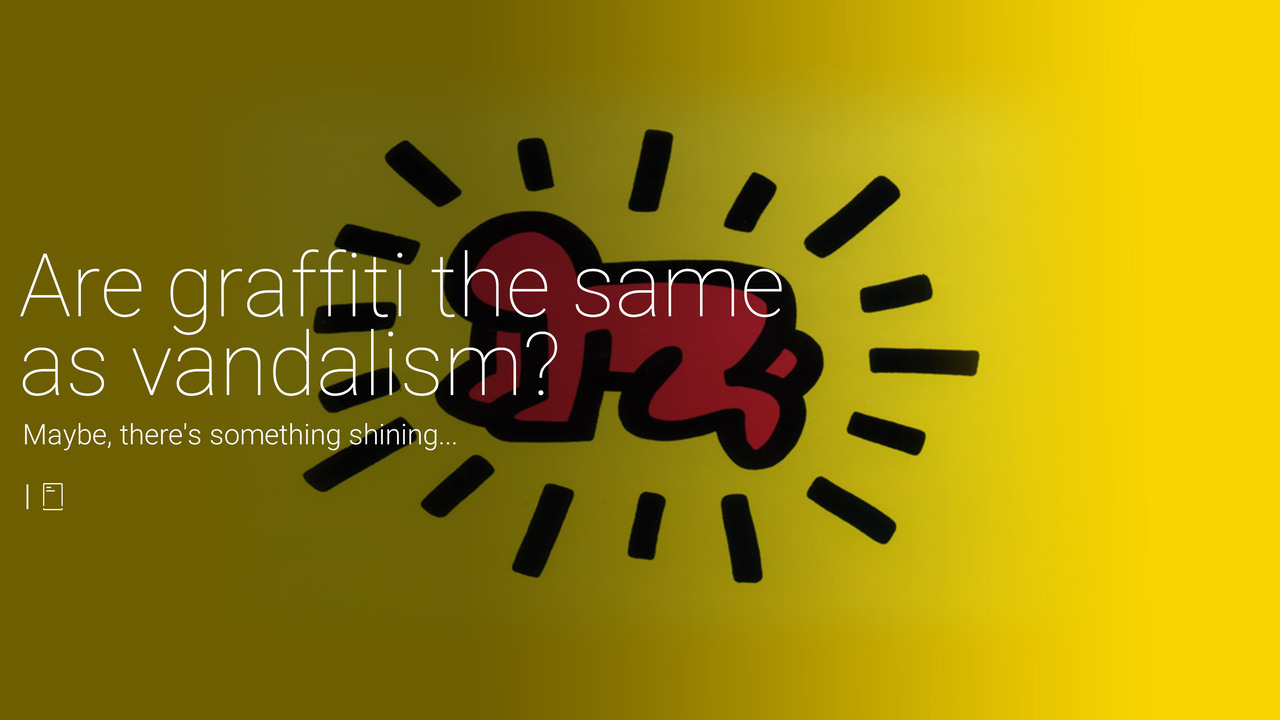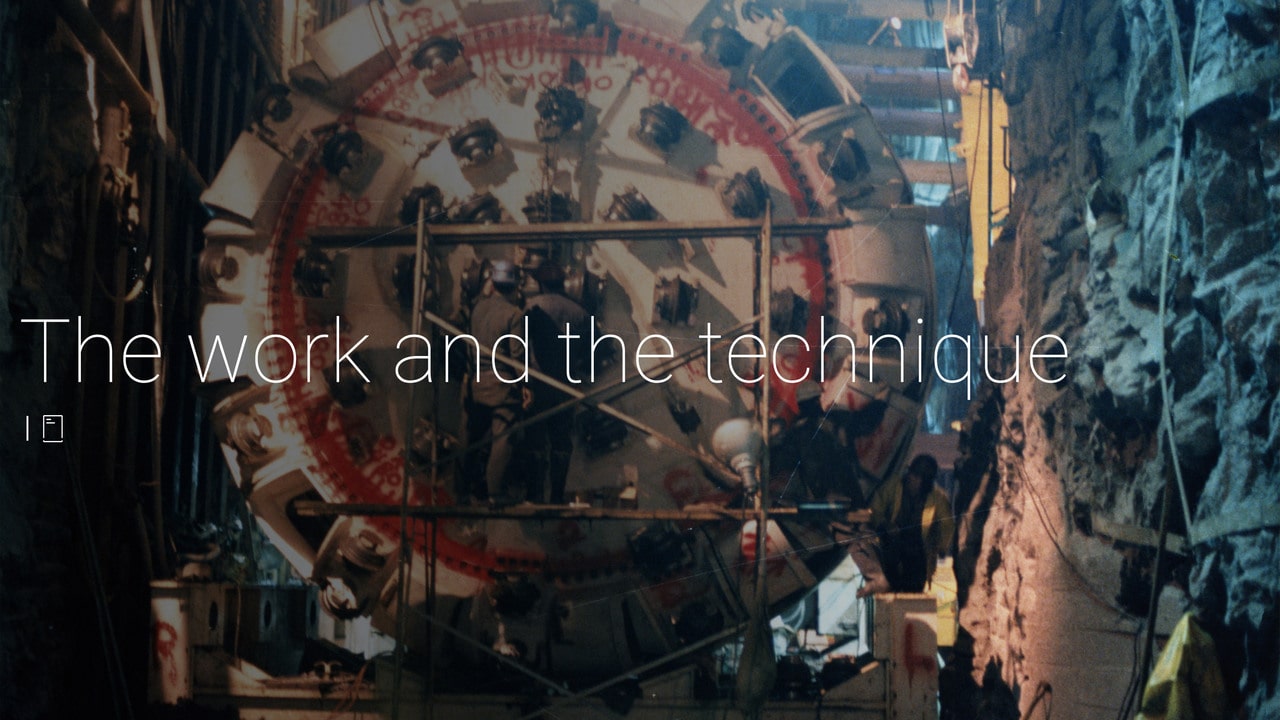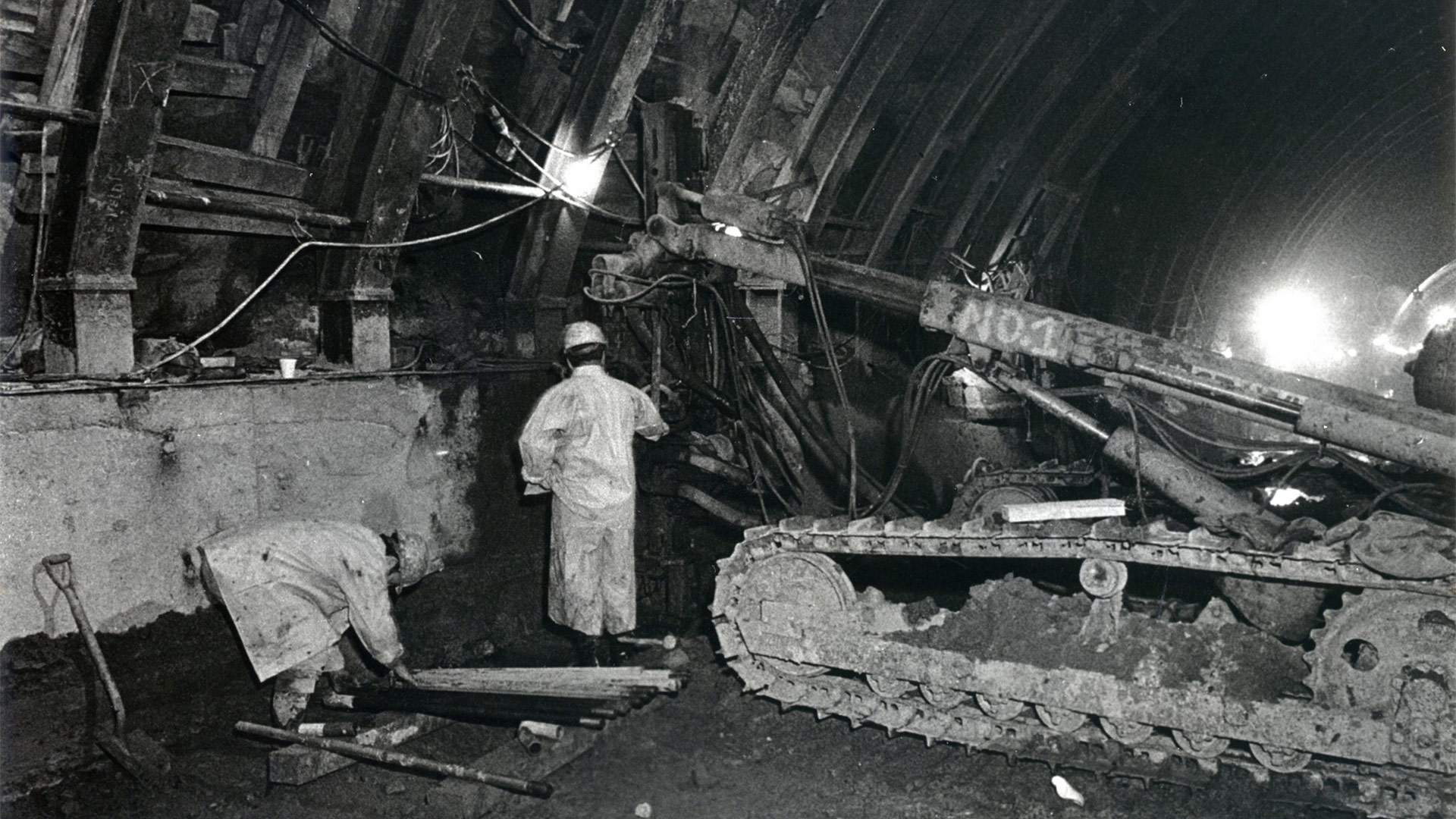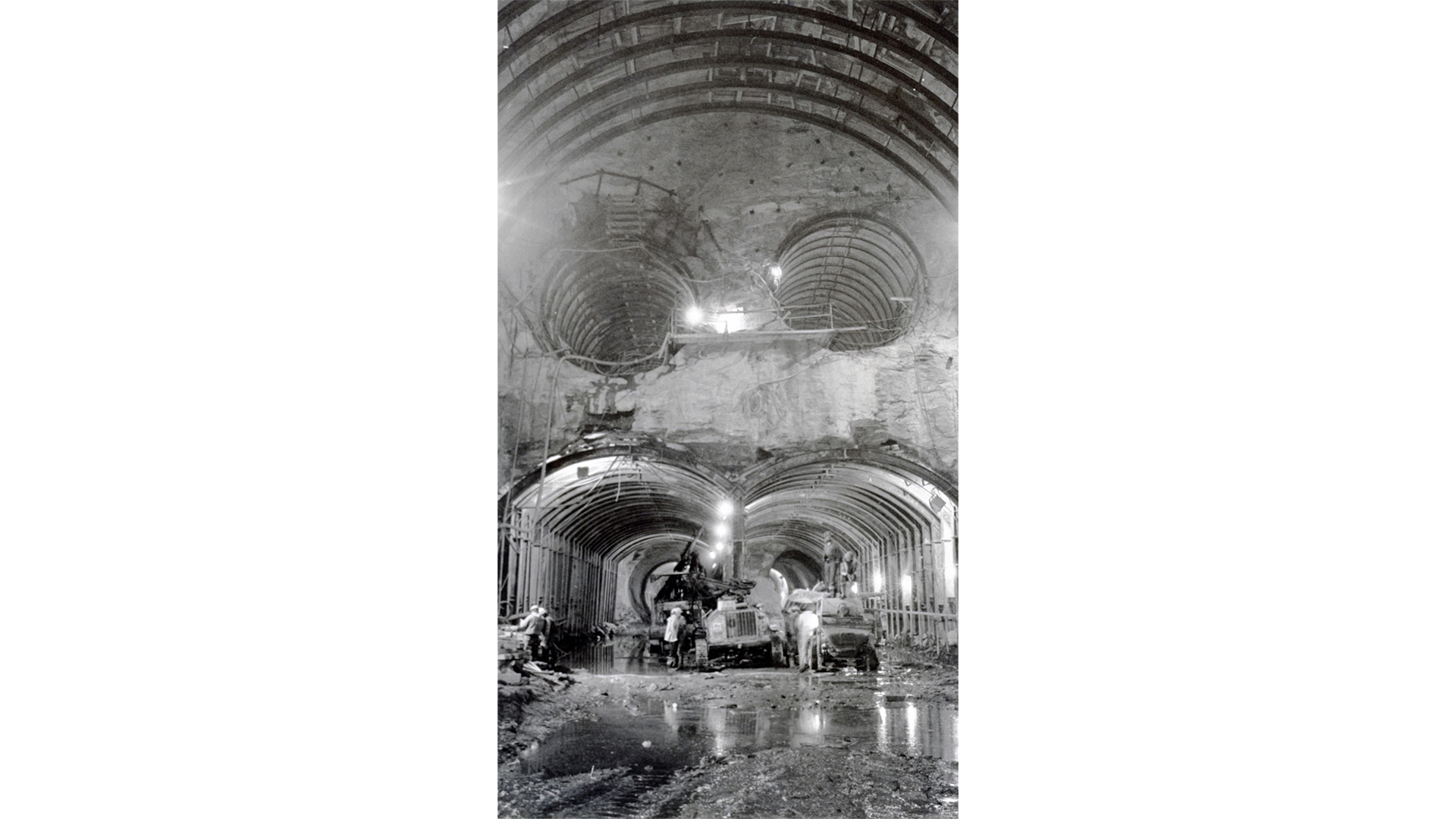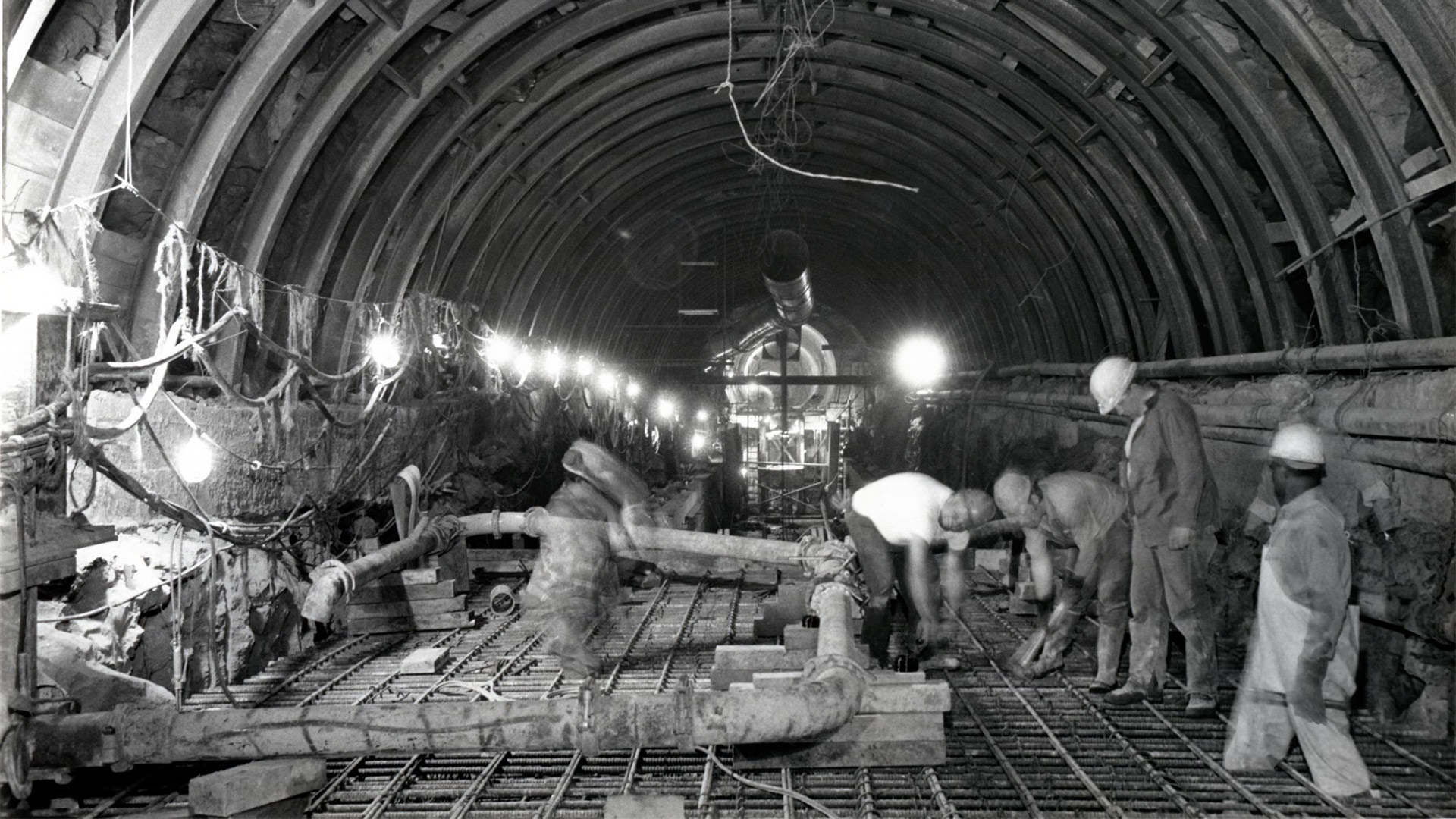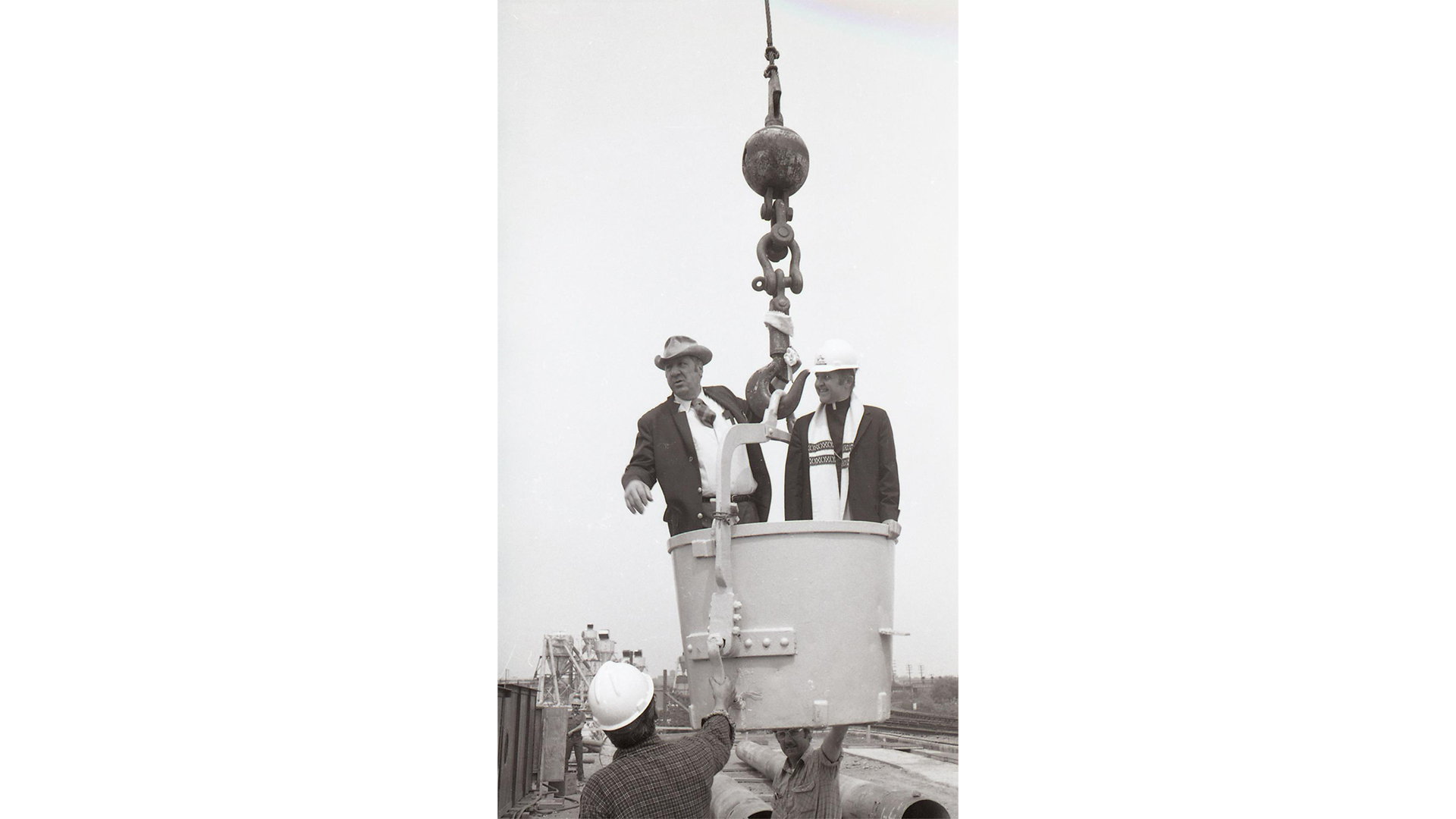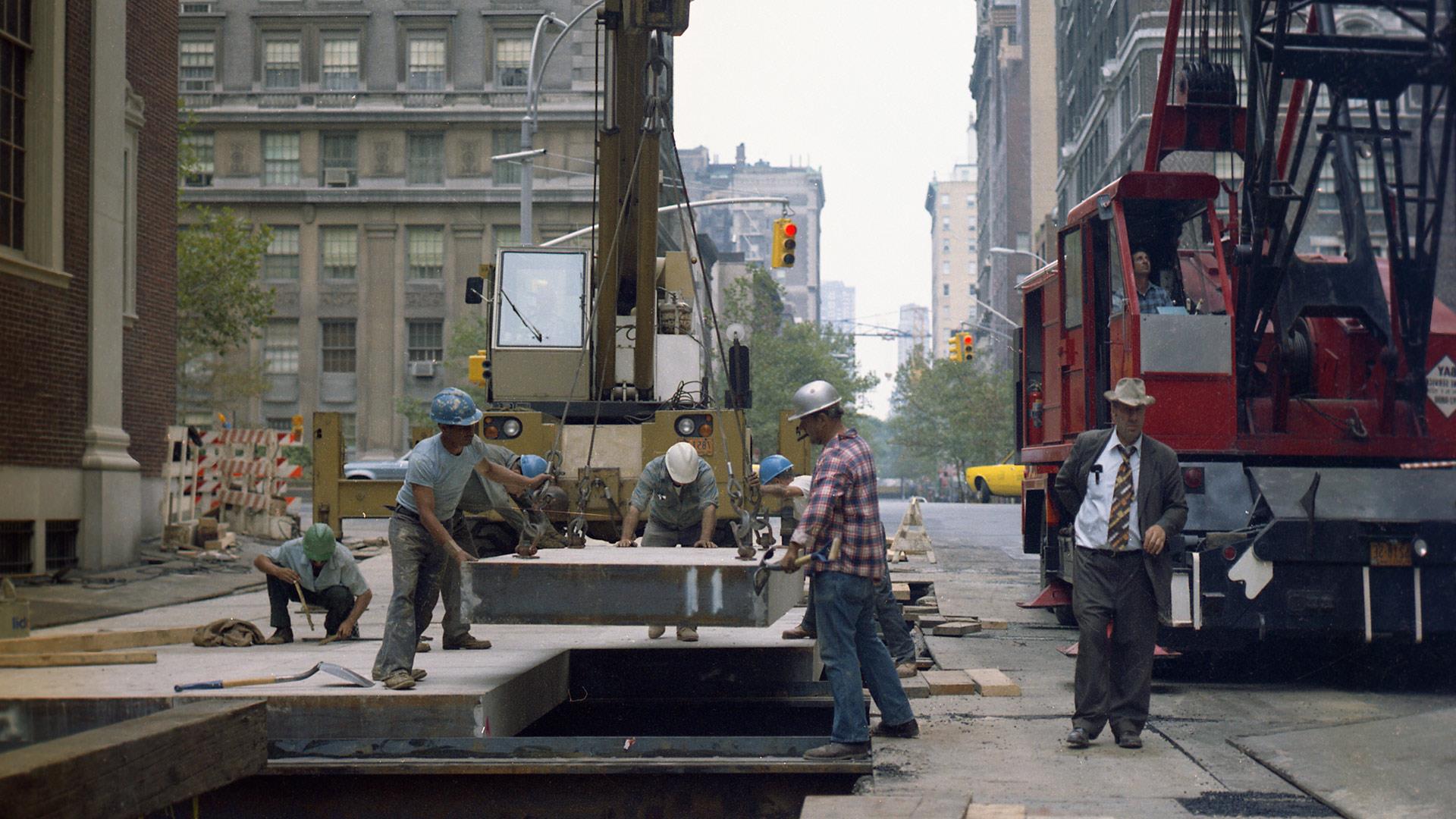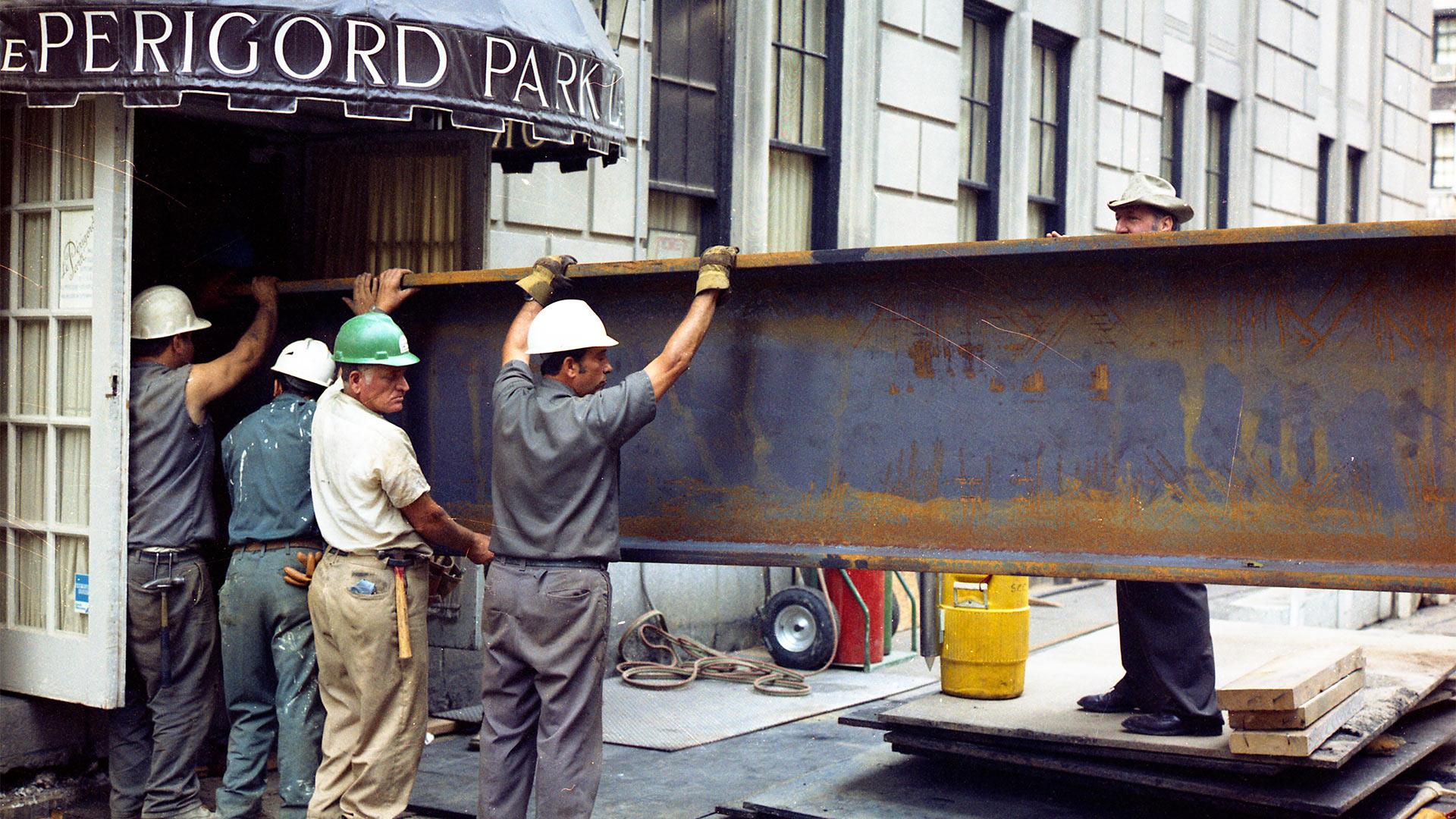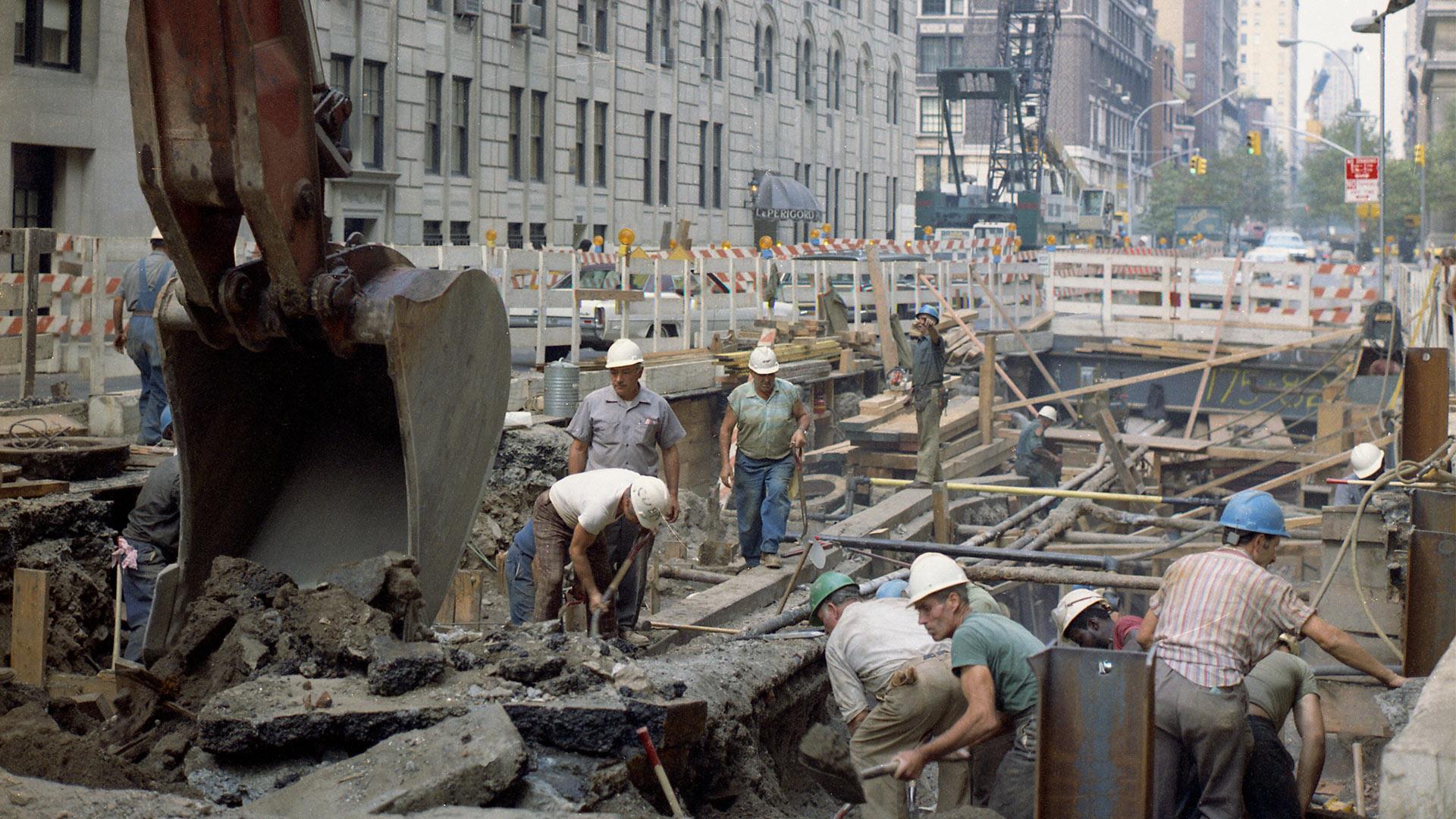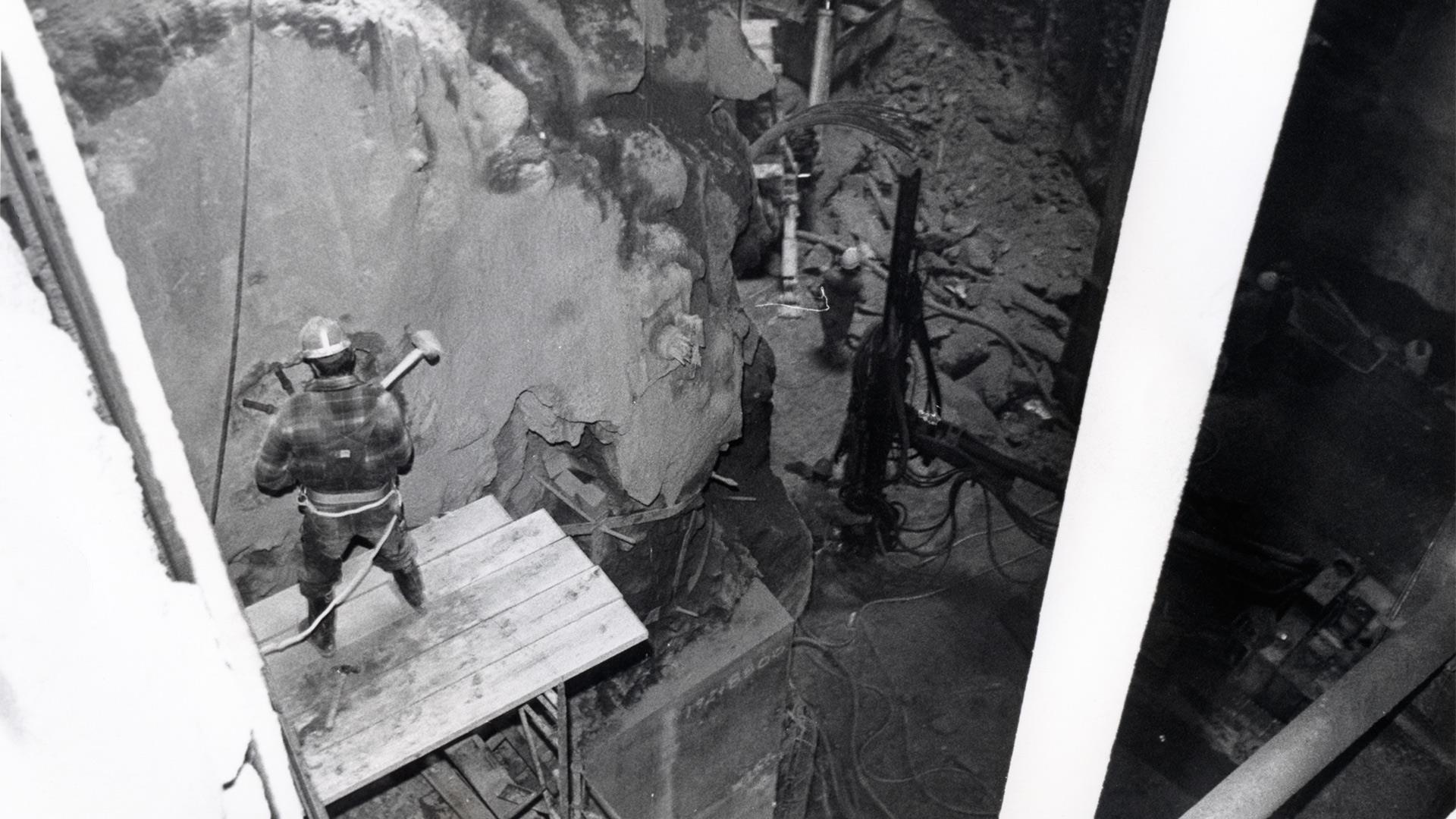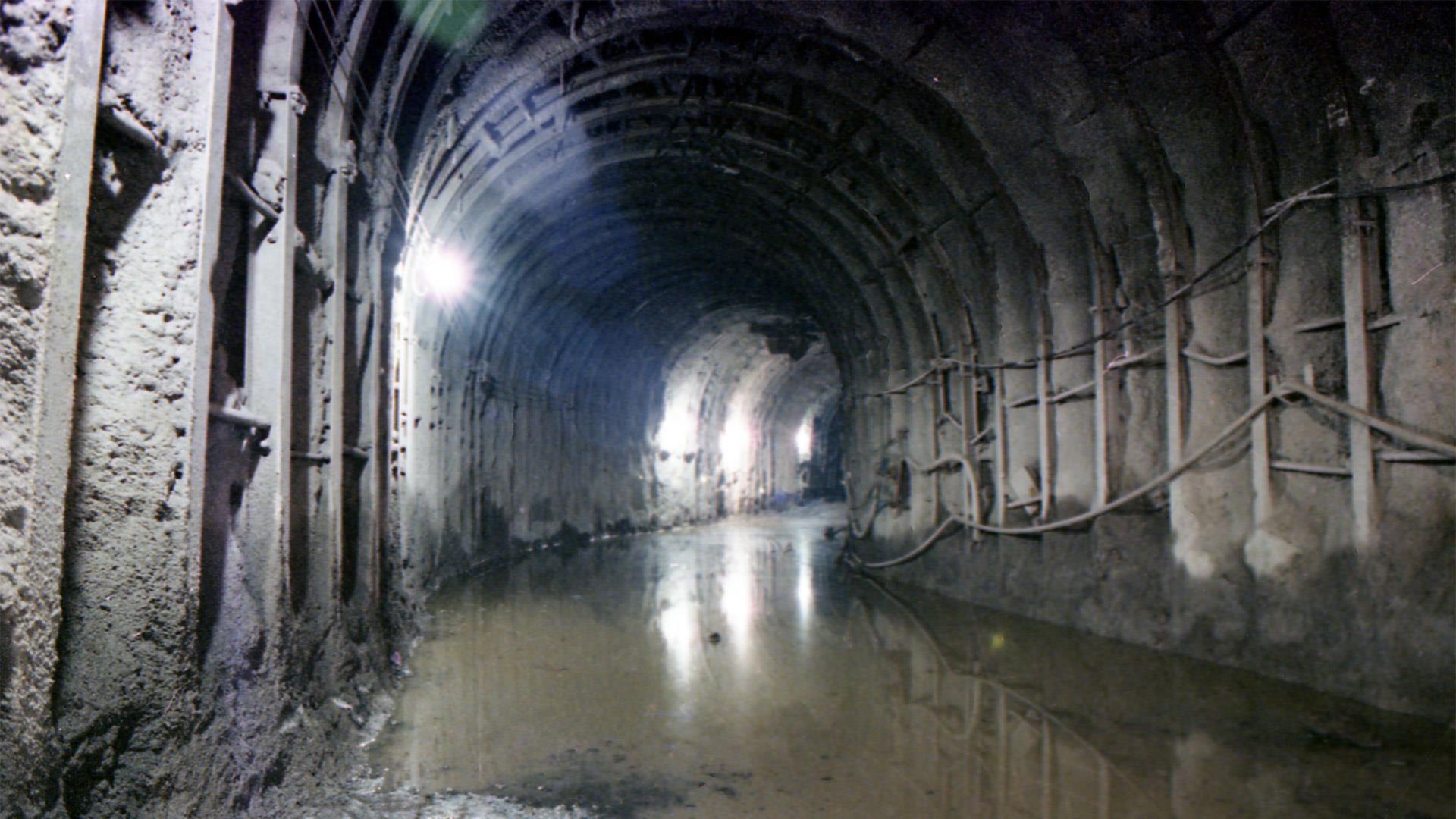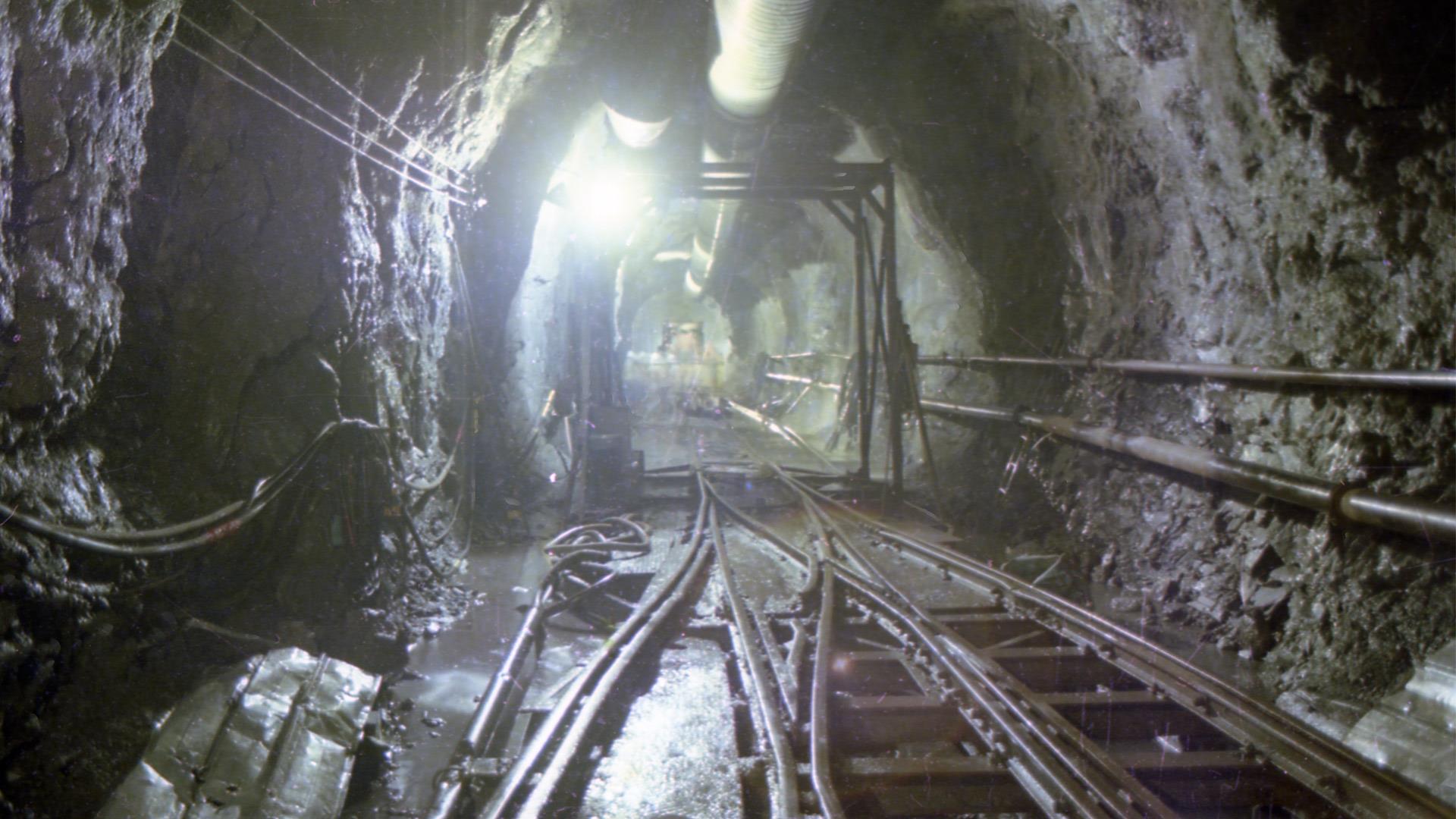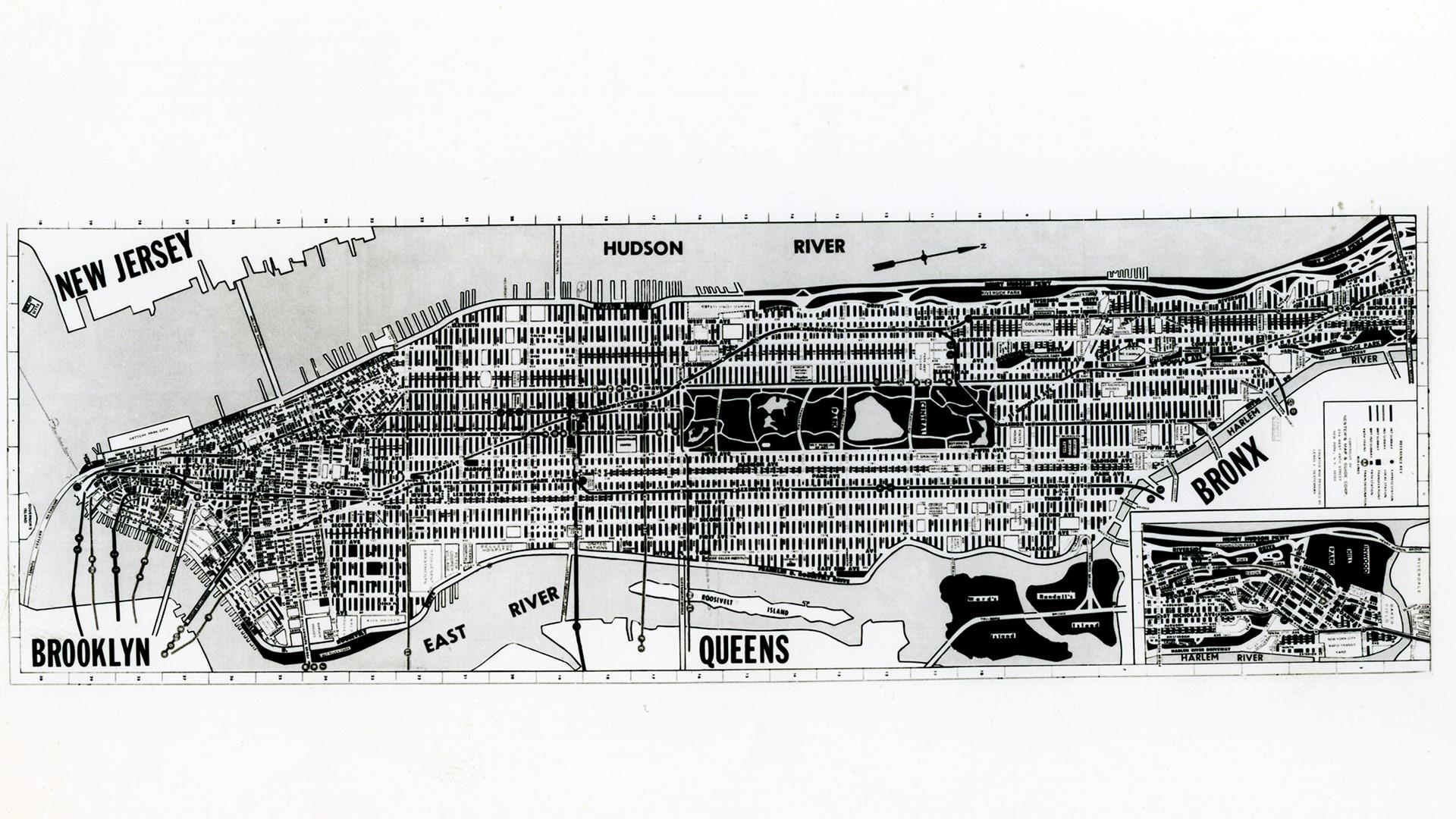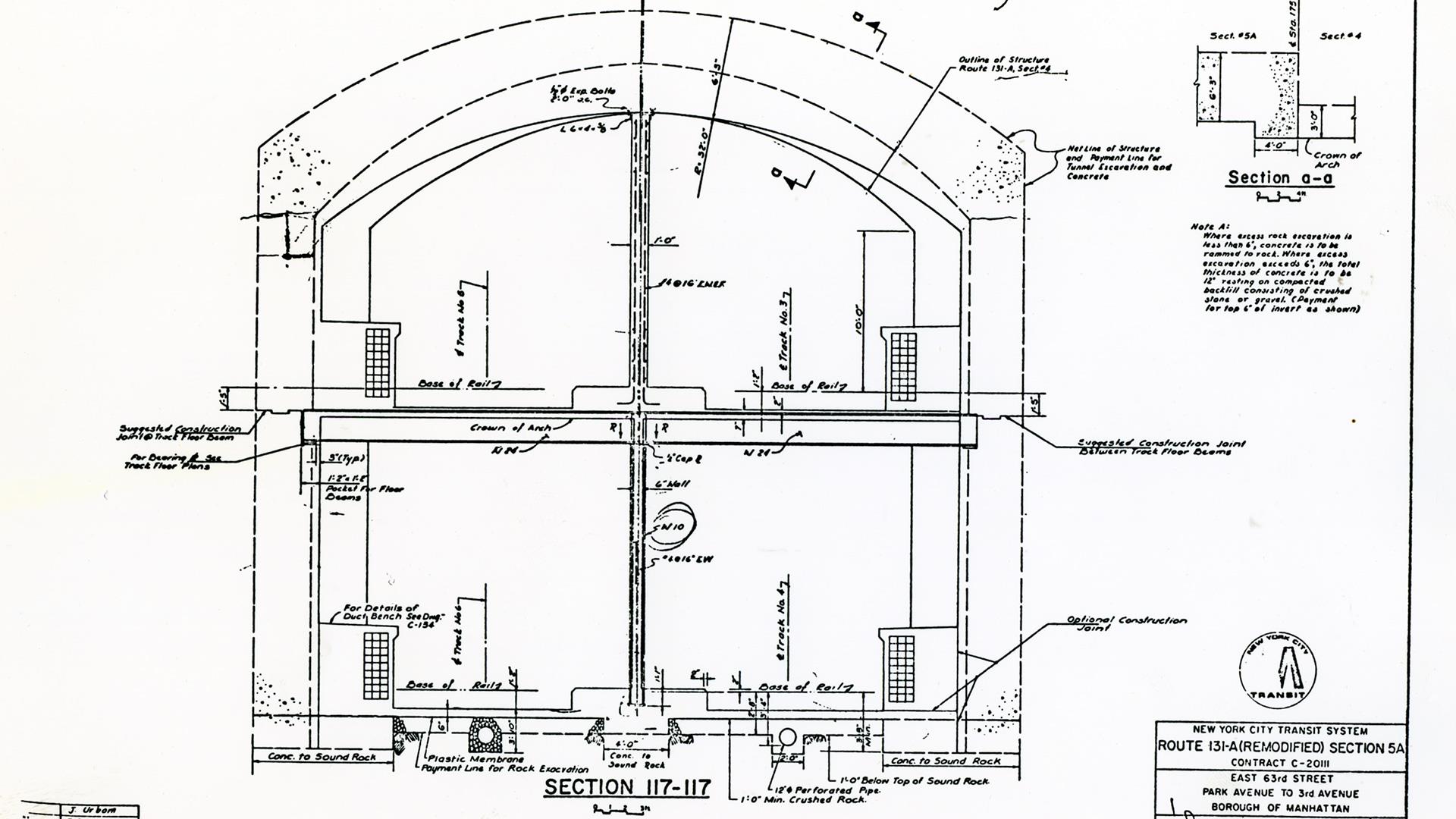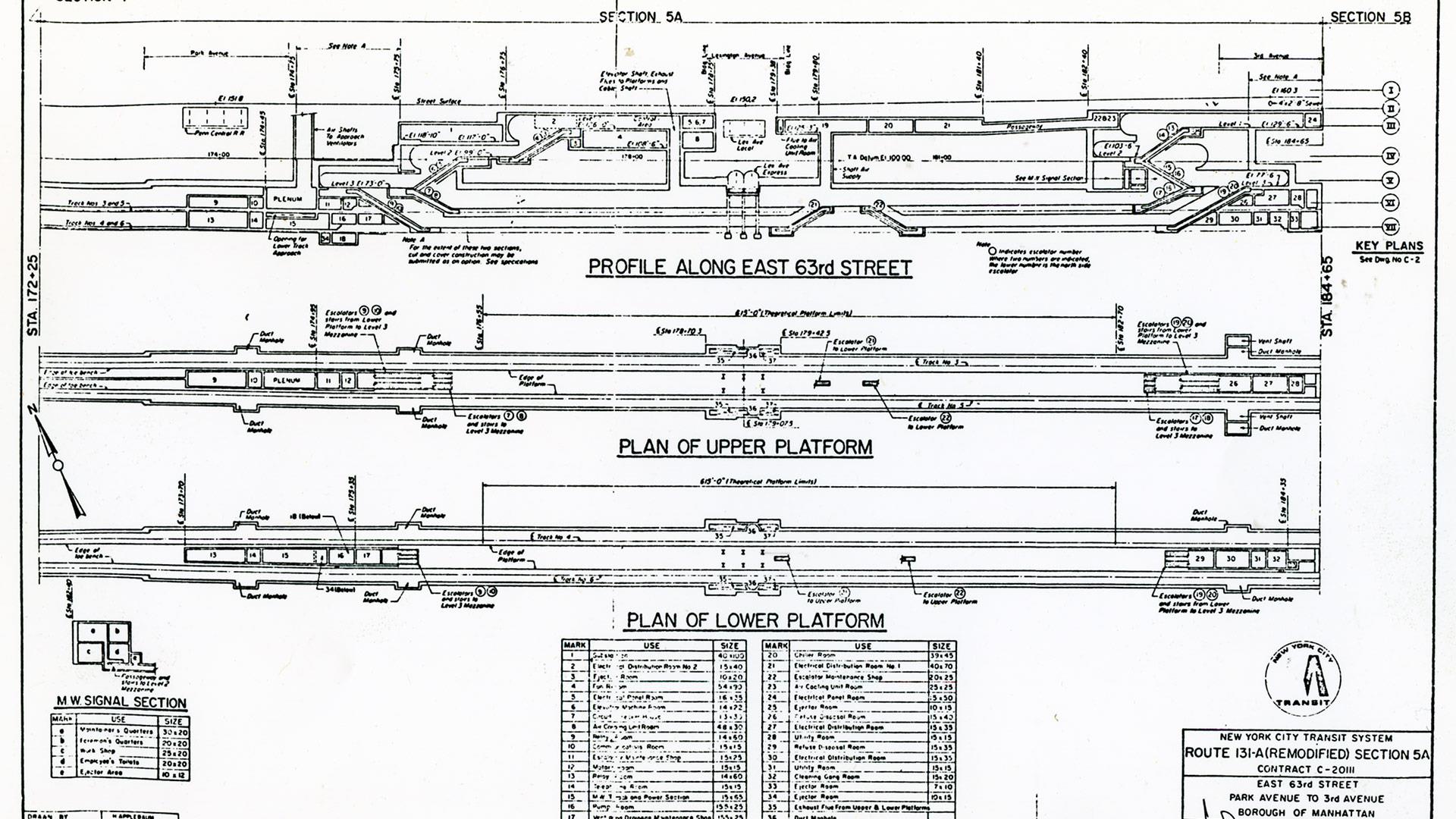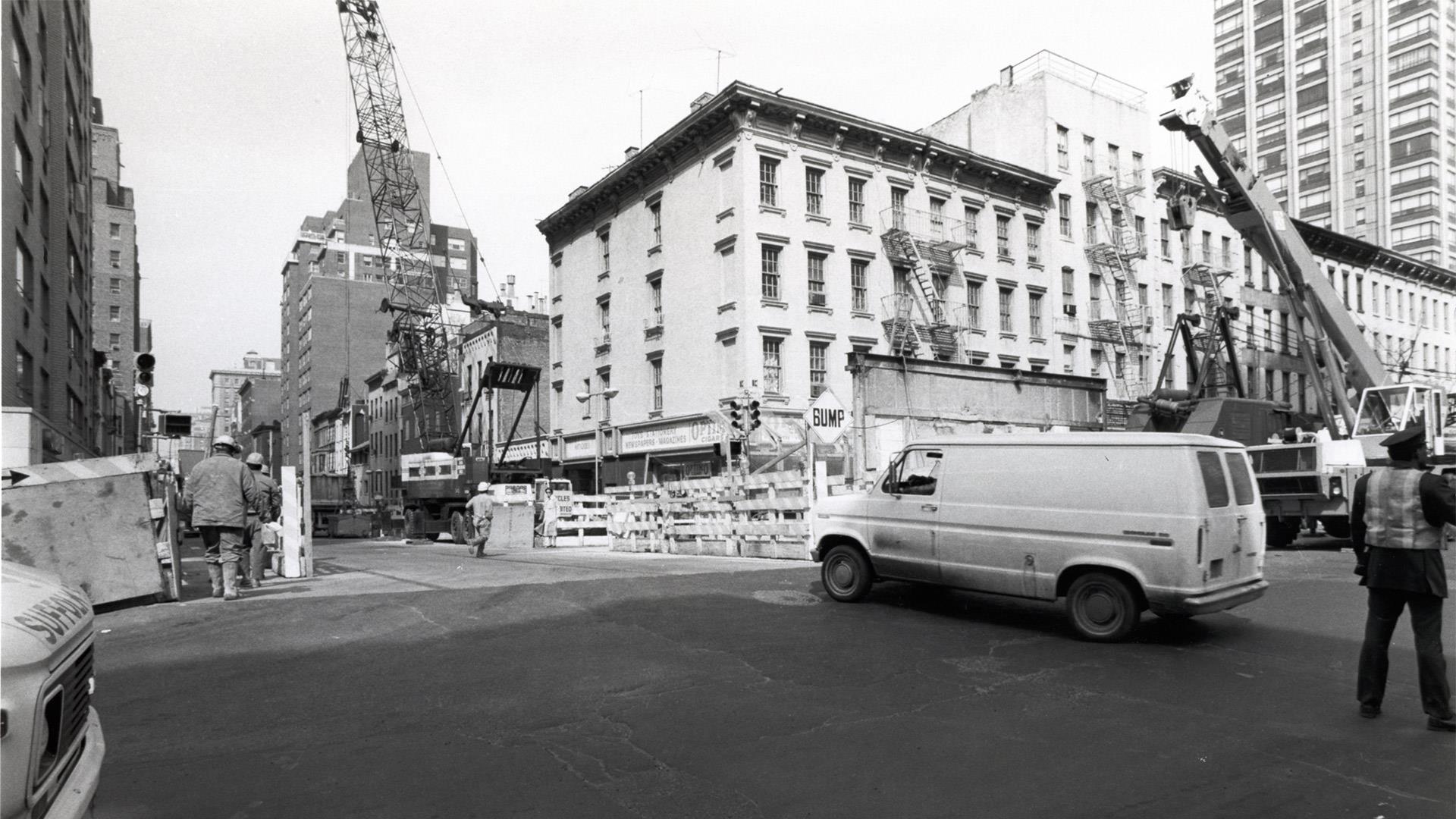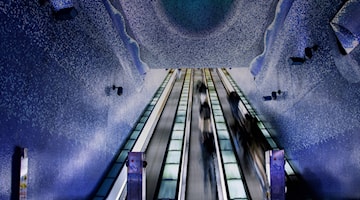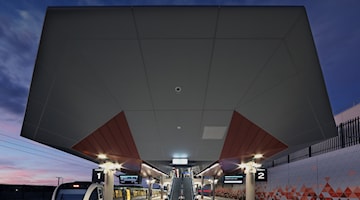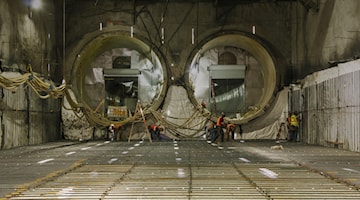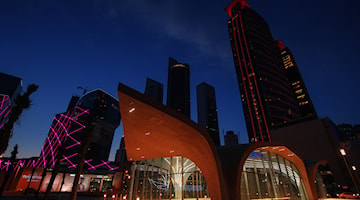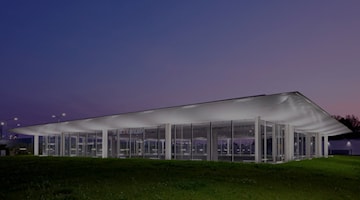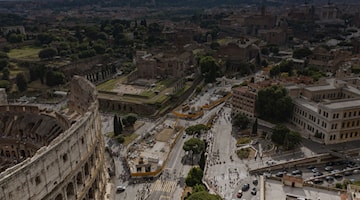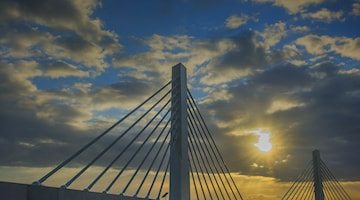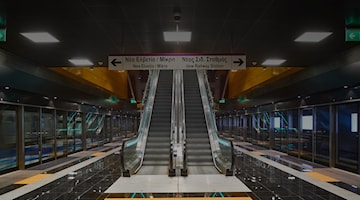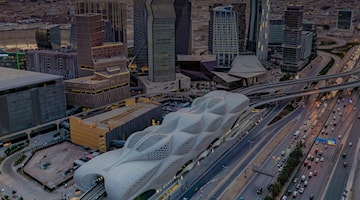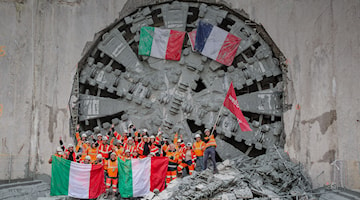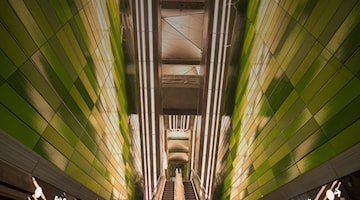New York, New York… also underground!
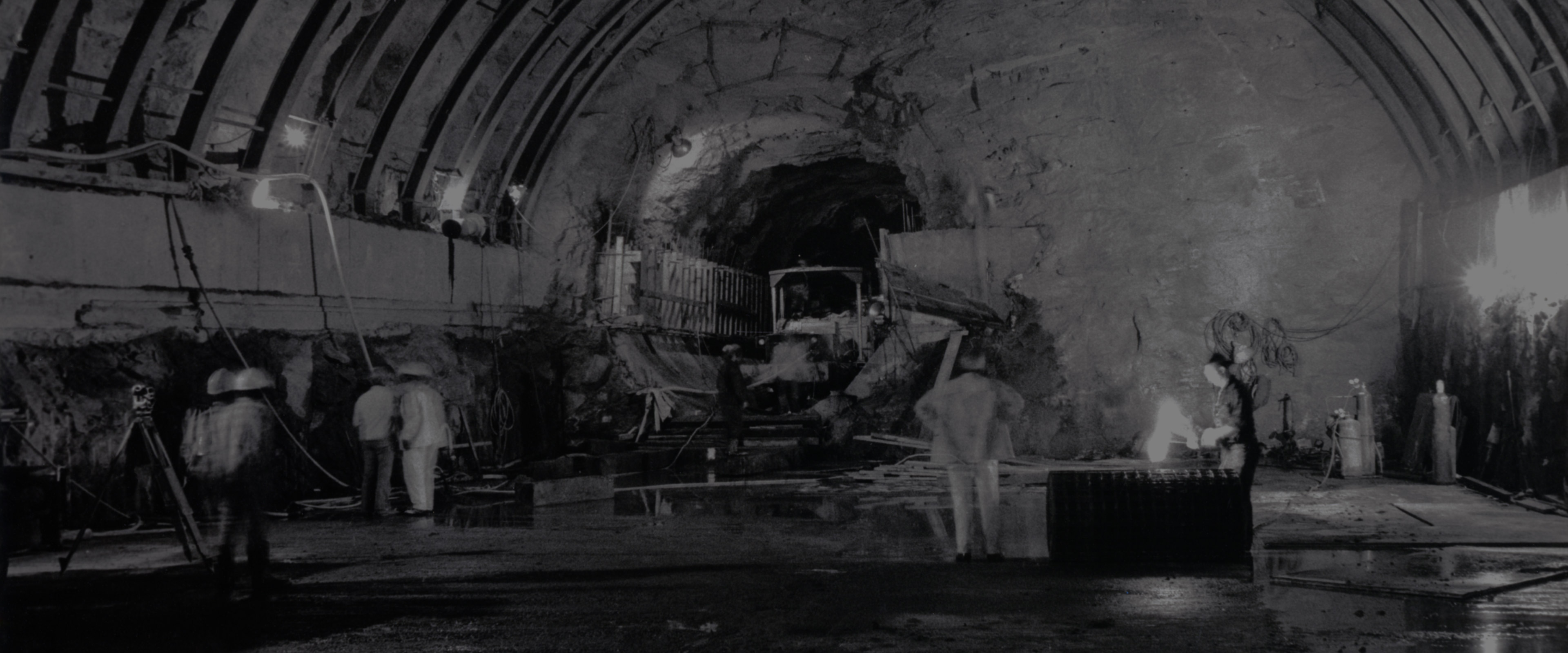
NEW YORK SUBWAY - LINE F, USA
The city that never sleeps. A «Fort Wayne News» article defined it this way in 1912, and since then it has been known this way. In 1944-49, the fortunate definition also became a famous world renowned line of the hit «New York, New York». If New York does not sleep, its metro does not either: 399 km, 6,684 carriages, 474 stations, 25 active lines (the only example in the entire world), with a 24/7 operation (1.7 billion yearly passengers).
It was inaugurated on October 27, 1904 by George Brinton McClellan Jr., the 93rd mayor of a city with an area of 783.8 km2, and a current 9 million residents. It was built 40 after London's and is the largest US metro system. It continuously grows every year by approximately 0.71 per cent.
In the 70's, a large renovating project made it more efficient, clean, and safe: it registered the highest criminal rate of any global transport system. An example? In 1972, mayor John Lindsay ordered the arrest of 4,500 people for illegal graffiti. The influential American journalist Norman Mailer (Pulitzer Prize winner) made a shocking statement for those times because he defined graffiti the "great art of the 70's" (and he was right in that regard!).
In 1976, as part of the lot of the F Sixth Avenue line, which joined since the 40's the Jamaica in Queens to Coney Island in Brooklyn, works on Line 131A began, the underground equivalent of the East 63rd Street, from Central Park to East River: a highly populated and traffic dense area. Four lines on two levels were built. A tunnel 378 metres long, 18 metres wide and 15 metres high was excavated using explosives. The rubble was removed with hoists capable of carrying 40 tons.
The Third Avenue - Franklyn D. Roosvelt route, was instead done using an already existing tunnel under the East River, towards Queens. Here's some data: 350,000 cubic metres of materials, 340,000 cubic metres of cement, 27 thousand cubic metres of seams; for the first time the Big Apple used a TBM. With three daily shifts, it proceeded at a speed of 7.40 m/d (up to a maximum of 26.50 metres). To keep the traffic flow the same, steel girders and concrete slabs covered the construction site (works ended in 1984). The underground services were also not altered: i.e. a dense grid of sewage systems, telephone lines, electric lines, gas tubes and vapour ones.
This is how one the most important sections of the world's largest metro (with regard to number of lines and stations)was completed. In 1977, just a year later, New York's new metro map saw its first light, redesigned by a designer team of architects and psychologists, who introduced the colour scheme, changing the routes of the lines and the geography of New York's neighbourhoods.
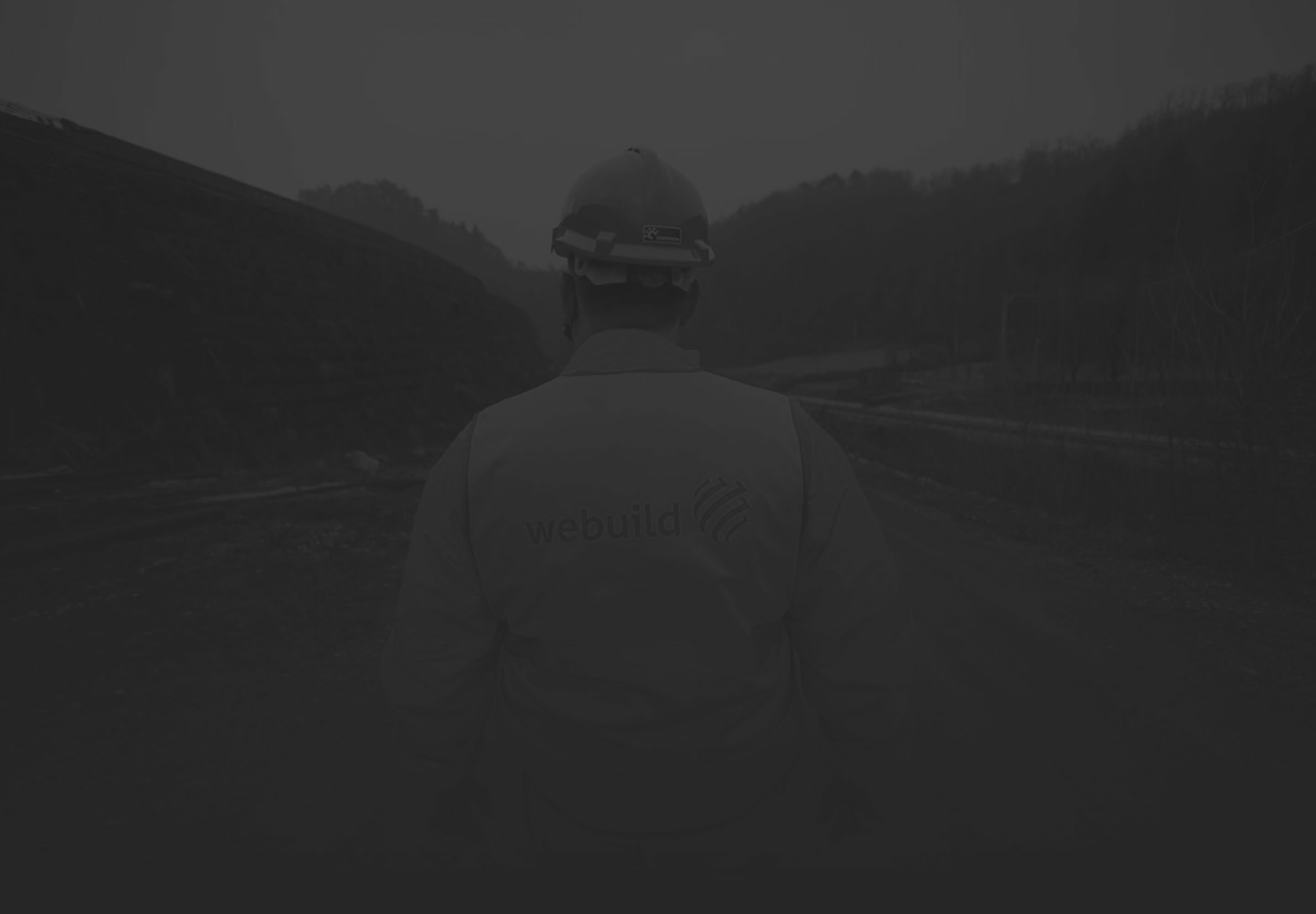
THE WORK AND THE TECHNIQUE
M³ TUNNEL EXCAVATION
M³ CEMENT
M³ GUNITE
MT TUNNEL DIMENSIONS (LOT 5A)
MT TUNNEL DIAMETER (LOT 5B)
MT AVERAGE DAILY ADVANCEMENT (LOT 5B)
New York Transit Authority (filiale della Metropolitan Transportation Authority)
Joint Venture with Impresit-Girola-Lodigiani Inc (IGLI) U.S.A. (later merged into the Webuild Group), Schiavone Construction Co. U.S.A., Thomas Crimmins Contracting Co. U.S.A.
Works to build Line 131 A the fact that it was located in a highly dense and populated area was the most difficult thing that the Joint Venture made of Italian companies Impresit, Girola and Lodigiani (that later made up Webuild) had to face.
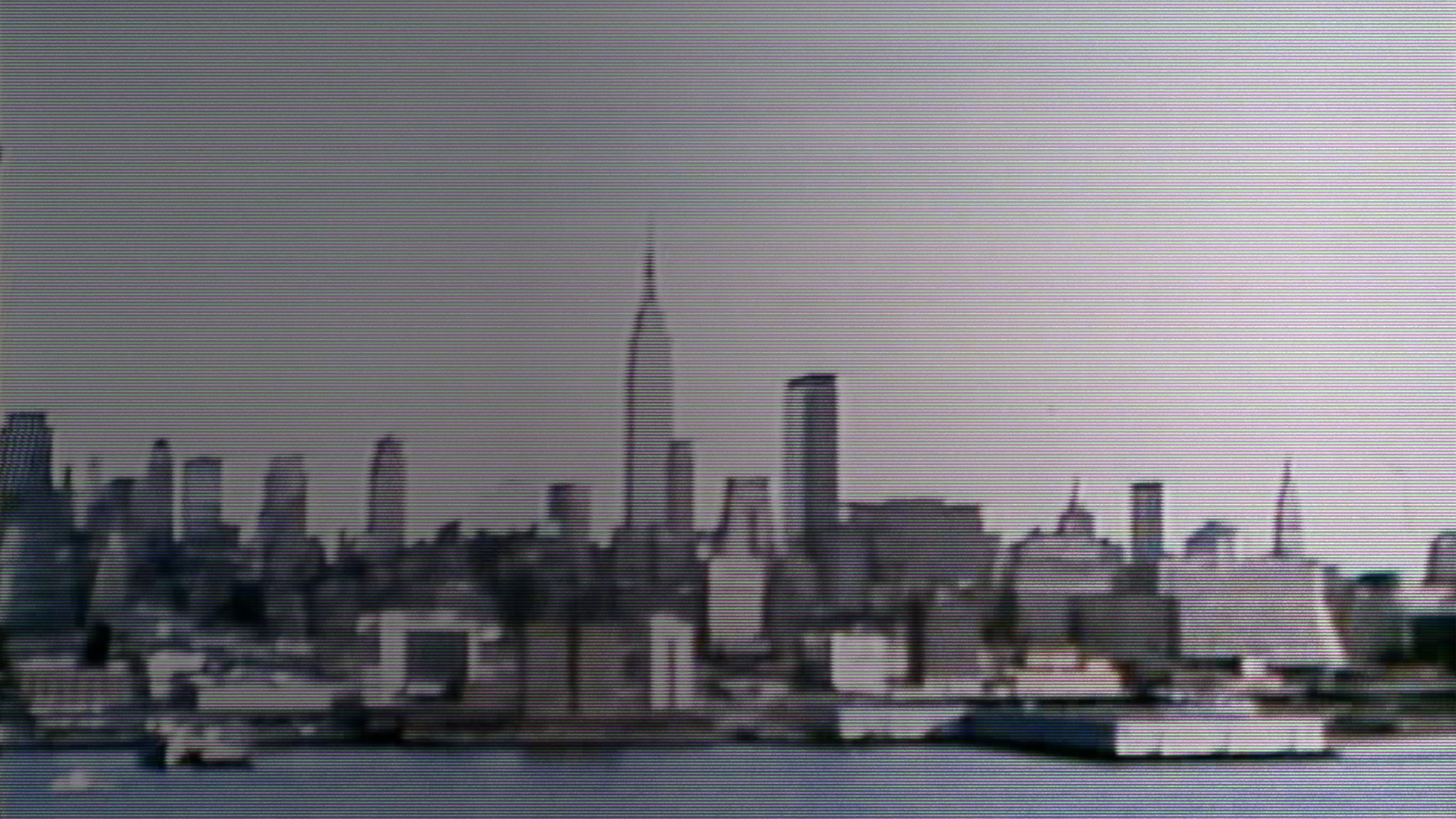
At last, successful
tunnel boring under
Manhattan
(The Robbins Company, 1983)
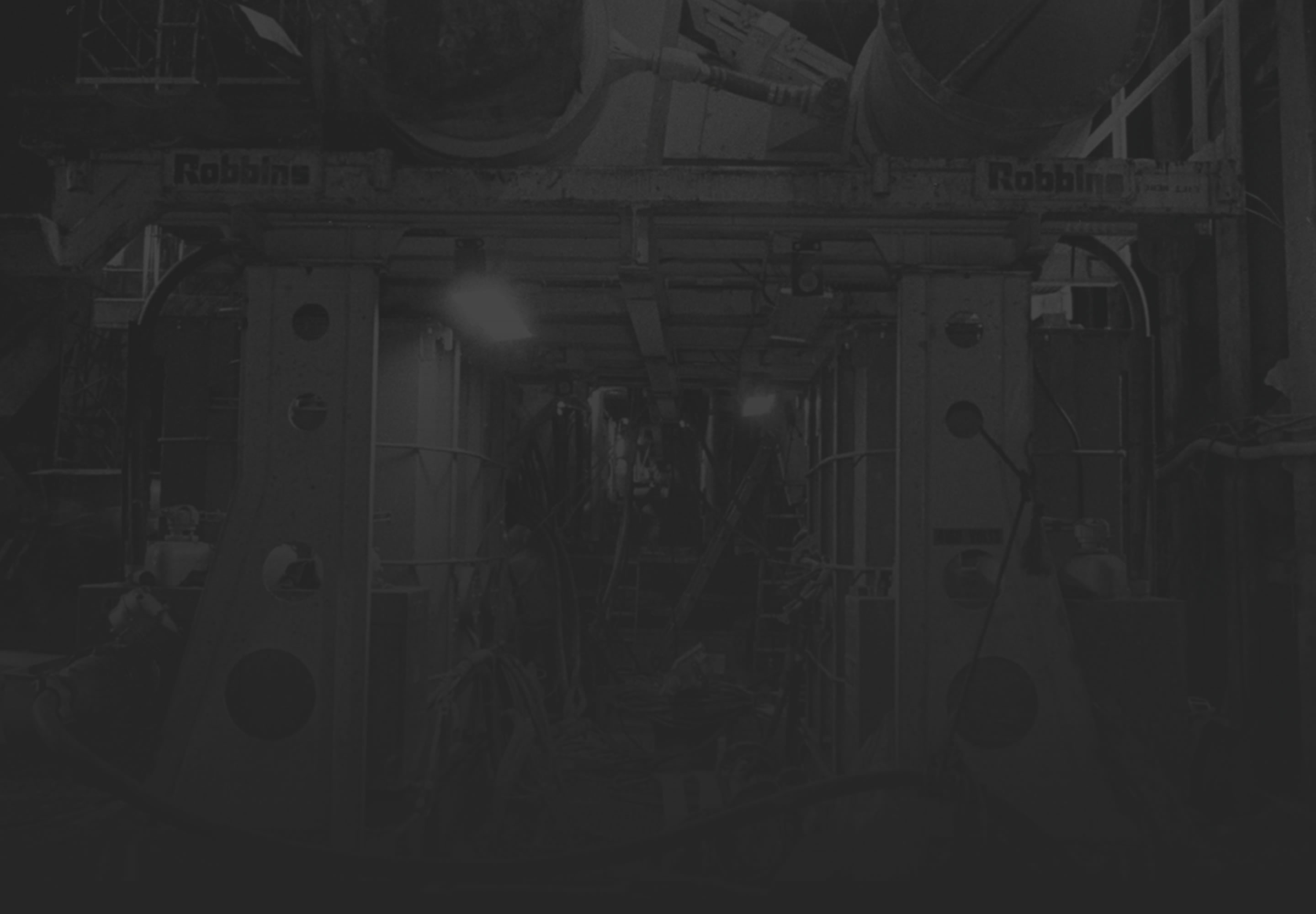
CULTURAL INSIGHTS

Maybe, there's something shining...
You could also be interested in






